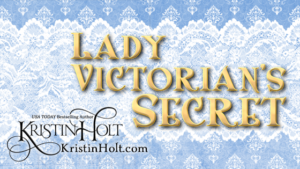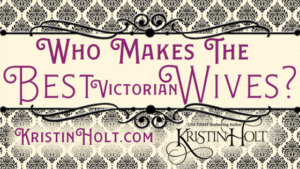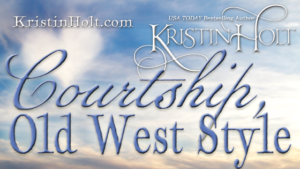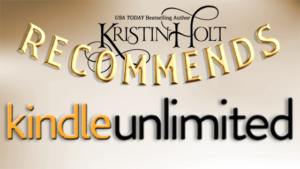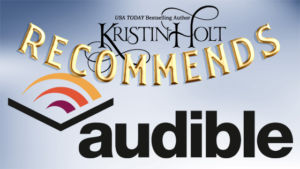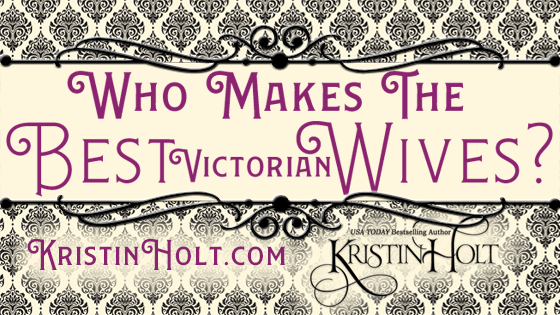
by Kristin Holt | Jul 22, 2019 | Articles
Victorian-era American wisdom regarding romance, marriage, and courtship is fascinating! A collection of 19th century newspaper clippings provides a wide range of answers to the question: Who Makes the Best (Victorian) Wives? Throughout the late nineteenth century, much (conflicting) advice for the hymeneal-minded.
Note: Part of a blog series including Blondes are Favorites (Who Makes the Best (Victorian) Wives?).
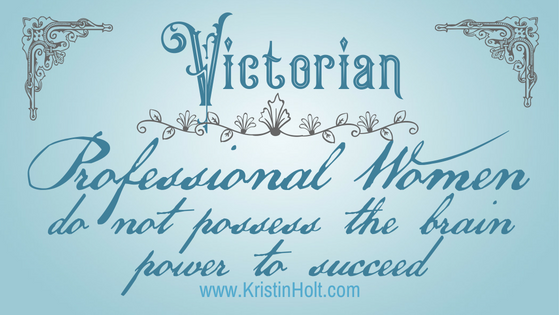
by Kristin Holt | Jun 16, 2018 | Articles
Nineteenth Century popular belief–wholly supported by Medical Doctors’ and scientists’ claims–genuinely believed that educating females in the same manner as males invited an entire host of disastrous results. Those terrifying results included everything from destruction to the woman’s reproductive system, mental breaks (yes, insanity!), and a long list of physical diseases. Because the vast majority believed these consequences to be true, women weren’t allowed to seek education in a male-dominated classroom. The battle over co-education continued long after the late 19th Century for these reasons. Not only was the woman’s mind and body at terrible risk, should she be educated like a male, but everyone knew a female mind couldn’t take in significant learning.
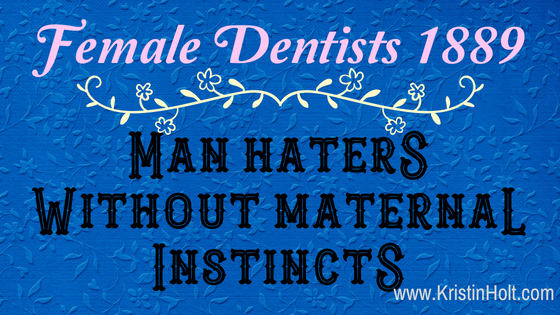
by Kristin Holt | Jun 14, 2018 | Articles
Nineteenth Century American women who desired an advanced education (and to work as a professional) fought an uphill battle. As late as the final decade (1890s) cultural beliefs demanded “good” women made home a bit of heaven on earth, toiled only as a help-meet to her husband, and found all the joy and satisfaction there she could possibly need. Historical sources underscore this dated belief system, and set the stage for the challenges faced by my character Dr. Isabella Pattison, DDS, in Isabella’s Calico Groom (within Calico Ball: Timeless Western Collection).
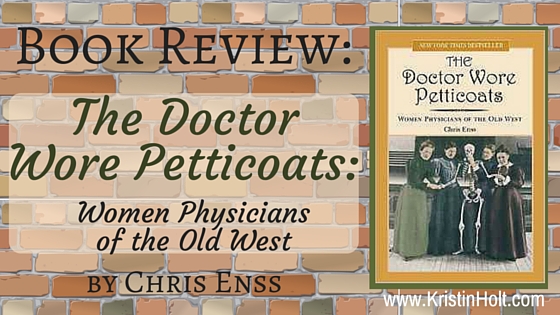
by Kristin Holt | Sep 11, 2015 | Articles
The Doctor Wore Petticoats speaks of 12 different physicians (two of them dentists), their stories, their reasons for pursuing a career in medicine, the school(s) attended, tales of their families (and marriages, many of which failed), and the communities they served. At a time in history when men and women alike adamantly opposed female doctors, the forces against these pioneers were tremendous. Each chapter’s biography illustrates characteristics of perseverance, determination, confidence, and a lifelong dream of making a difference. 5 stars!
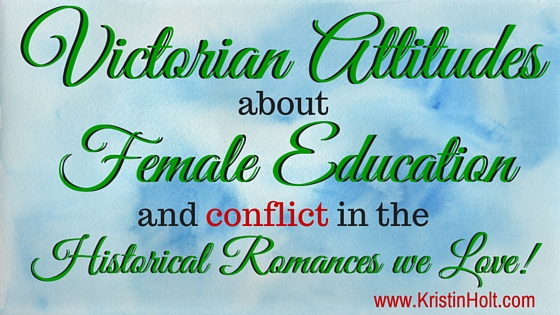
by Kristin Holt | Aug 21, 2015 | Articles
Victorian attitudes, being what they were, separated the sexes. Women should be nurturers, mothers, wives, and homemakers. Men should be protectors, breadwinners, and if either partner in marriage were to engage in business or education, it would be he.
Many single women hoping to find a spouse between 1865 and 1869 attended college. Ambitious women enrolled in schools across the eastern portion of the states were seeking to become doctors, lawyers, and journalists. Unfortunately for these ladies, men viewed female college graduates as poor homemakers, and the few eligible bachelors around kept their distance from educated ladies.
~ Object: Matrimony, The Risky Business of Mail-Order Matchmaking on the Western Frontier, by Chris Enss, p 36







